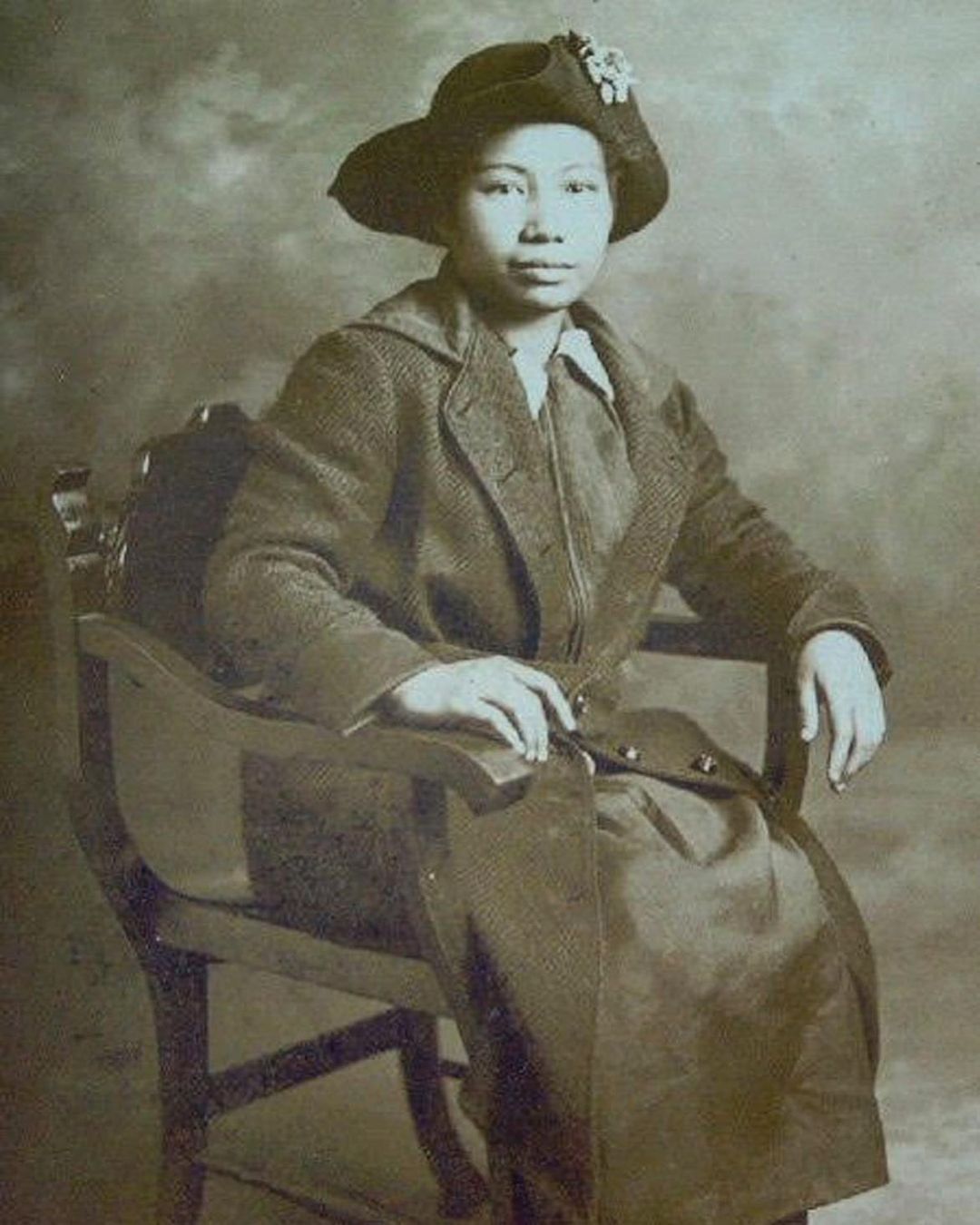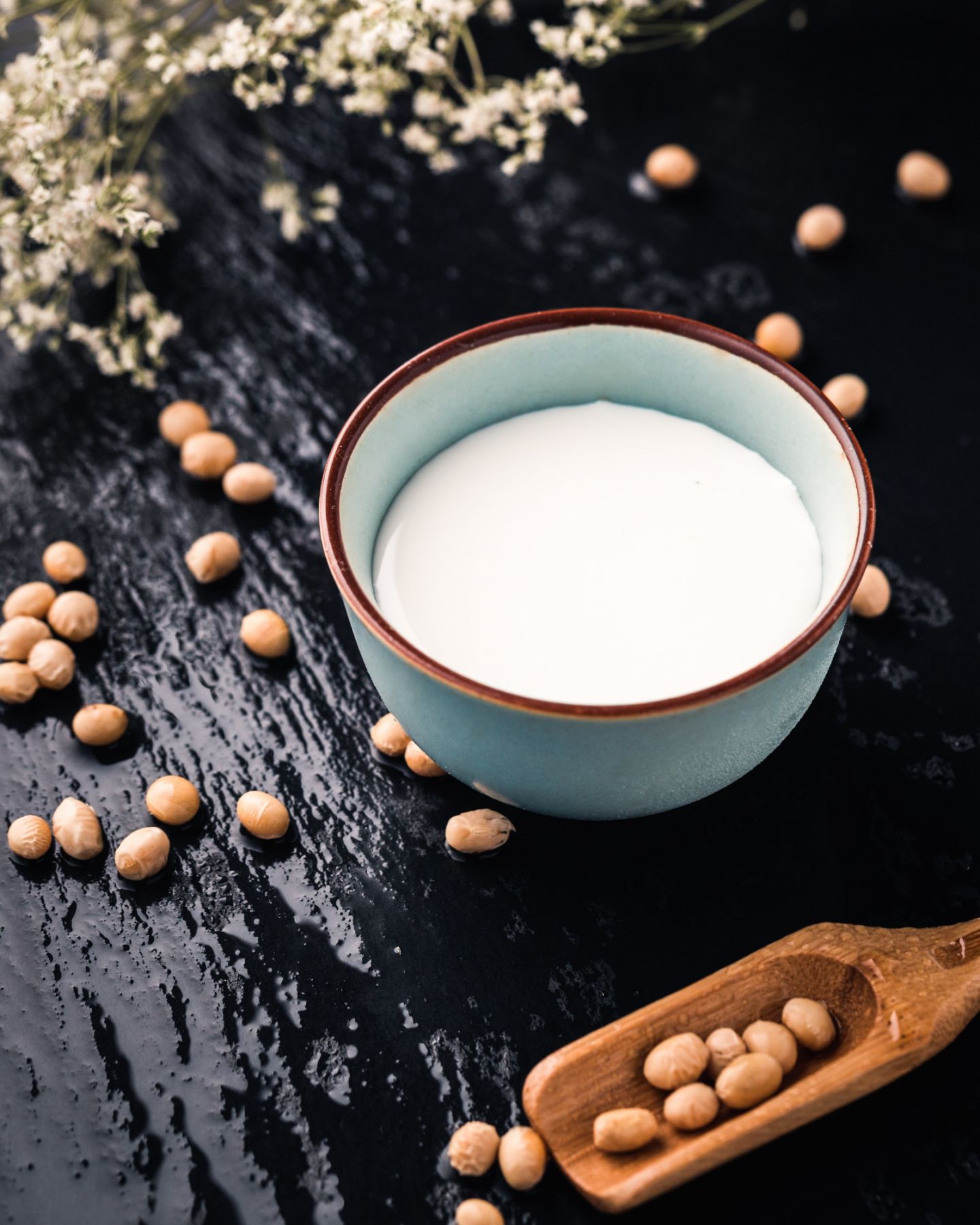Maria Orosa is the Filipina chemist and patriot who contributed greatly to the culinary scene. Here are some of her most notable achievements
Reading about the life of Maria Orosa will inspire anyone. Shrouded by history, Orosa is hardly a household name—yet her many inventions continue to thrive in Filipino homes and communities. While corporations seem to have done her some injustice by commercialising her success, Orosa's contributions remain hers. A humanitarian at heart, she created a variety of items that helped both Filipinos and Americans during the war. She was a patriot to say the least, and after finishing her education in the United States, returned to the country to serve her people.
Read more: International Women's Day: Quotes From 5 Filipina Fictionists
As the second world war broke out in the Philippines, Orosa refused to flee and instead chose to stay and help feed those left behind. She died tragically after a hospital she was in was bombed on February 13, 1945. A Filipina to be proud of, Tatler Philippines pays homage to the awesome contributions of Orosa through some of her everlasting achievements.
1. Banana Ketchup
Maria Orosa is the female scientist behind the iconic banana ketchup. A Filipino condiment, banana ketchup was created by Orosa between the 30s and 40s. At this time, Orosa had dedicated herself to bolstering Philippine food supply by creating alternatives to imported fare. She was advocate for using locally available ingredients, so when a tomato shortage ensued, she found a way to create ketchup from bananas. In 1942, Universal Food Corporation (UFC) distributed the first mass-produced banana ketchup, which is still a staple today.


